On 30 April 1967, Pat Lighthill, a supervisor of the Expo 67 British Pavilion in Montreal, wrote to Robin Duke of the British Council:
‘Expo has opened and is a wow. Crowds are vast and the inside of the Pavilion on Saturday afternoon was like the underground at its worst’ (BW20/13)
And Pat was not alone in being ‘wowed’: the press reaction was ecstatic. When the Queen visited Montreal on 3 July 1967, Jonathan Aitken in the Evening Standard proclaimed ‘EXPOMANIA!’ So what was Expo 67 and why did the British contribution make such a massive impact?
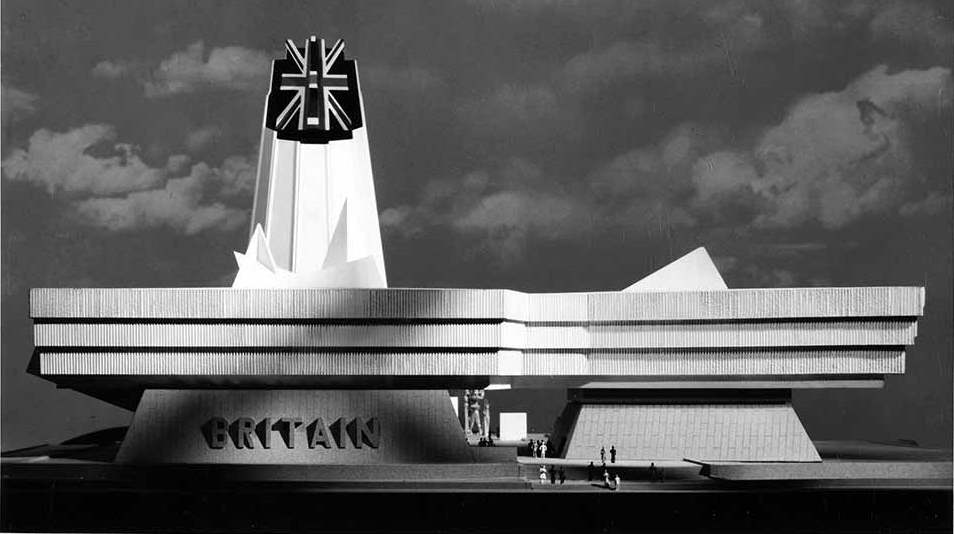
Model of the British Pavilion for Expo 67 (catalogue reference: BW 20/14)
A world (or universal) exposition (Expo) was also known as a world’s fair – a large international exhibition designed to showcase the achievements of nations. Major Expositions, held every five years, encompassed themes capturing a wide range of human experience.[ref]1. The most recent example, Expo 2015, was held in Milan, Italy.[/ref] Participants usually built their own pavilions, giving a competitive edge to these events.
Expo 67, held in Montreal, opened 50 years ago on 28 April and ran to 29 October 1967. It had the overarching theme of ‘Man and his World’.
British planning began several years earlier. The Central Office of Information (COI) was the driving force behind it. In March 1965 Sir Basil Spence, a Scottish architect who designed buildings in a modernist or Brutalist style, was announced as the designer of the British Pavilion. Spence’s design was a massive white pavilion and a monumental 200ft tower which displayed a three-dimensional Union Jack – all set out on a stepped concourse. The style of the architecture was futuristic and stark (you may see some similarities with The National Archives’ main building at Kew).
The unifying theme of Britain’s contribution was ‘The Challenge of Change’. It aimed to show how the British people were meeting this challenge in the modern world, as they had done many times in the past.
The Pavilion had five exhibition areas –a publicity leaflet described them:
- Shaping the Nation: ‘takes the visitor through 3,000 years of history, evoked by dramatic use of shapes, sounds, colour and projected images’
- The Genius of Britain: ‘recalls the achievements of many famous British men and women’ and celebrates ‘outstanding contributions to human progress’
- Britain Today: ‘presents the British at home, work and at play’
- Industrial Britain: ‘shows how Britain in the sixties is moving into a new industrial era’, thanks to automation and new technology (described as an ‘Aladdin’s cave’ of industry)
- Britain in the World: this section was ‘dominated by giant sculptured figures symbolising Man and his world’ and featured a series of displays showing Britain’s part in international affairs
- Artist’s impression of the Shaping of Britain section (catalogue reference: BW 20/14)
- Artists’s impression of the Britain Today section (catalogue reference: BW 20/14)
- Artist’s impression of the British Industry section (catalogue reference: BW 20/14)
- Artist’s impression of the Britain and the World section (catalogue reference: BW 20/14)
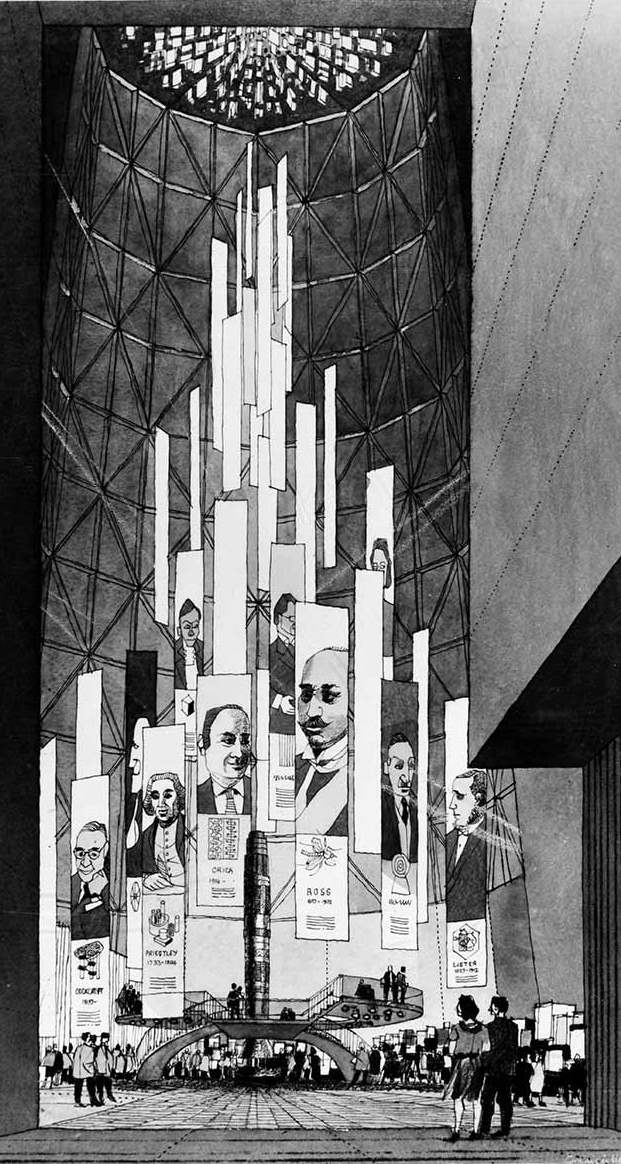
An artist’s impression of The Genius of Britain section (catalogue reference: BW 20/14)
In common with many others, I am fascinated by the music, fashion and culture of the 1960s, so the ‘Britain Today’ section is of particular interest to me.
The COI wanted its designer to present an image of Britain in 1967, to serve as a contrast to other sections and as a way of signalling possible developments of the future. The designer chosen to create this section was James Gardner, who had contributed to the Festival of Britain in 1951.
Gardner wanted to avoid clichés such as traditional images of Beefeaters, village cricket greens and thatched cottages; instead he created a series of sets which contrasted traditional and modern Britain.
It is difficult to convey the full sense of it, but to give a flavour of it, there were sculptures of the members of an old-fashioned family with associations of a country estate standing in their drawing room; a couple was shown cleaning their car (a Union Jack painted mini); and there was a section on fashion and music which featured the Beatles, the Rolling Stones and mannequins wearing clothes designed by Mary Quant.
The files include a rapturous comments extracted from the press, which show how the exhibition confounded expectations of the British being ‘straight laced’: ‘it’s the one pavilion which mixes art with fun'[ref]2.The Globe and Mail, Toronto, 29 July 1967, quoted in Press summary, BW 20/14[/ref] and ‘one of the things they [the queues of visitors] most enjoy is the way we have taken the mickey out of ourselves’.[ref]3. Majorie Proops, The Daily Mirror, 14 June 1967, Press Summary, BW 20/14[/ref] Other attractions which proved highly successful were ‘The Bulldog’ pub and a Routemaster London bus which carried passengers to and from Expo.
By all accounts, Expo 67 was a major success for Britain – over 5 million visitors came to the British Pavilion. The event was symbolic of the powerful optimism of the 1960s, a feeling that everything was possible – a spirit which persisted into the late part of the decade despite economic problems and growing strife at home.
We invite you to take a trip back to the 60s at our Archives at Night event.
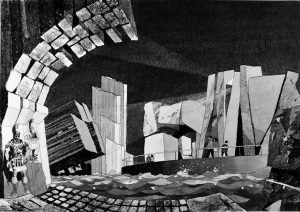
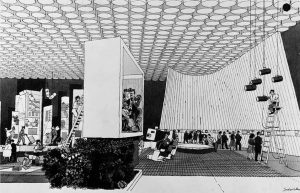
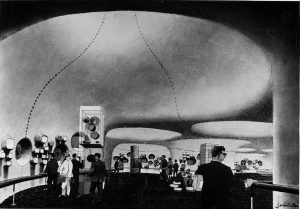
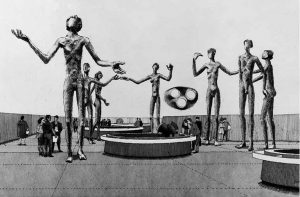
I thought that the next Expo was in 1970, is it recent that it is held every five years. Expo 67 was at the time of technological development and British optimism, albeit devaluation, strikes and so on.
David, you’re right, the next Expo was held in 1970 in Osaka, Japan. According to information I found online, since 1995, the interval between each registered exposition has been at least five years. Expo 2015 was held in Milan